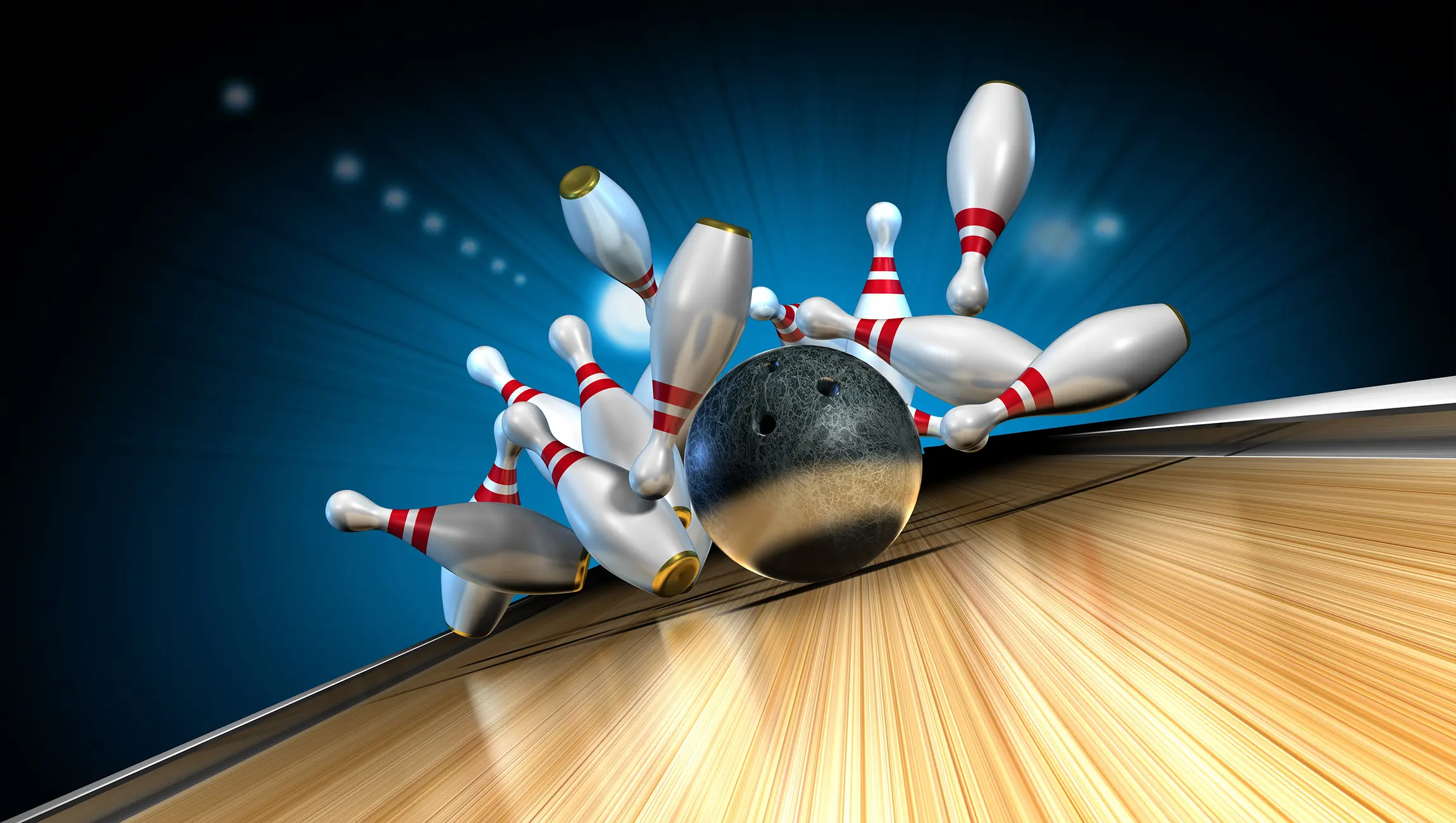[reading time: appr. 3 Min.]
Do you sometimes wish to act more relaxed in critical situations and come under pressure less often? In the following I am introducing a technique that helps you to better master such situations in future.
Like the “resource telescope”, which I have presented in my blog on self-coaching earlier, this tool also comes originally from NLP (Neuro-Linguistic Programming). At its core, it is about enabling people to make the results of their entire learning history available to themselves in a way which is appropriate to the situation. This can be knowledge, skills, abilities, talents or even experiences.
All these resources can be accessed by pure imagination, because the brain cannot distinguish between real experiences and the imagination of reality or the internal construction of fantasies.
The tool uses the so-called “anchoring”. This is based on the assumption that all experiences are stored in the brain as sensuous information. When the experience is recalled, the associated sensuous percipience also gets recalled.
The part, which reactivates and awakens the total experience, is called “anchor”. For example, the smell of coconut oil can remind you of your very first jump from a five-meter board at your childhood times.
However, existing experiences can also get newly linked with an external stimulus (such as a gesture or a touch) and subsequently evoked again. This type of anchoring is practiced in the “Moment of Excellence”. In this exercise connections are established in seven steps supporting you to “survive” critical situations more confidently:
Identify the anchor point
Check if you have any unobtrusive gestures or self-touches (for instance twirling a ring on your finger or stroking your chin) which you could use as anchors. It is important here that this anchor point is neutral, i.e. does not trigger any associations or feelings.
01
Collecting resourceful situations
Recall three situations in life in which you felt particularly good. It is important here that this moment was actively brought about by you and that you did not perceive it as a reaction to external circumstances (e.g. your last lottery win over € 1 million 😉) or external activities.
02
Selection of the most resourceful situation
From the three situations, select one that contains the Moment of Excellence in its purest form.
03
Visualizing the situation
Feel into this situation as intensely as possible, with all the associated sensuous impressions.
04
Anchoring
Visualize the decisive moment in this situation. If it was only short, simply imagine it in slow motion. At the moment of the strongest positive sensation, anchor it by performing the previously selected gesture or self-touch until you return to the present.
05
Returning to the present
Now actively bring yourself back out of the simulation.
06
Manifesting the anchor
It is important to set the anchor regularly so that it passes into the subconscious and can be automatically retrieved in critical situations. It is best to imagine a concrete situation in which you would like to use this anchor in future and also at which point in time you would then specifically call it up.
07
If you have problems with the implementation, it might be a good idea to find another neutral body part or gesture or to select another – purer – resourceful situation.
The Moment of Excellence can also be modified to a Moment of Importance. Often employees suffer, for example, from the narcissism of superiors. Here it is important to have – respectively to build up – sufficient self-esteem in order to counter the danger of narcissistic slights.
For this purpose you collect under point 2 such resourceful situations, in which you were in full possession of your forces and abilities, in order to bring something important about, which could not have been realized in such a way without your contribution. Something of which you are still particularly proud today.
All the other points described above then run identically.
The practicing of the Moment of Excellence respectively Moment of Importance can be done by yourself. However, many people find it quite difficult to “drop the anchor” through self-learning, since one usually has higher learning abilities on the behavioral level if this learning takes place in a good relationship with another person being familiar with. Should you also have difficulties here, I will be happy to assist you as your coach in this exercise and also support you beyond that in the context of your further personal development.
Source: “”Der Zauberlehrling”, das NLP Lern- und Übungsbuch” by Alexa Mohl, Junfermann publishing house, Paderborn (Germany), 2010

